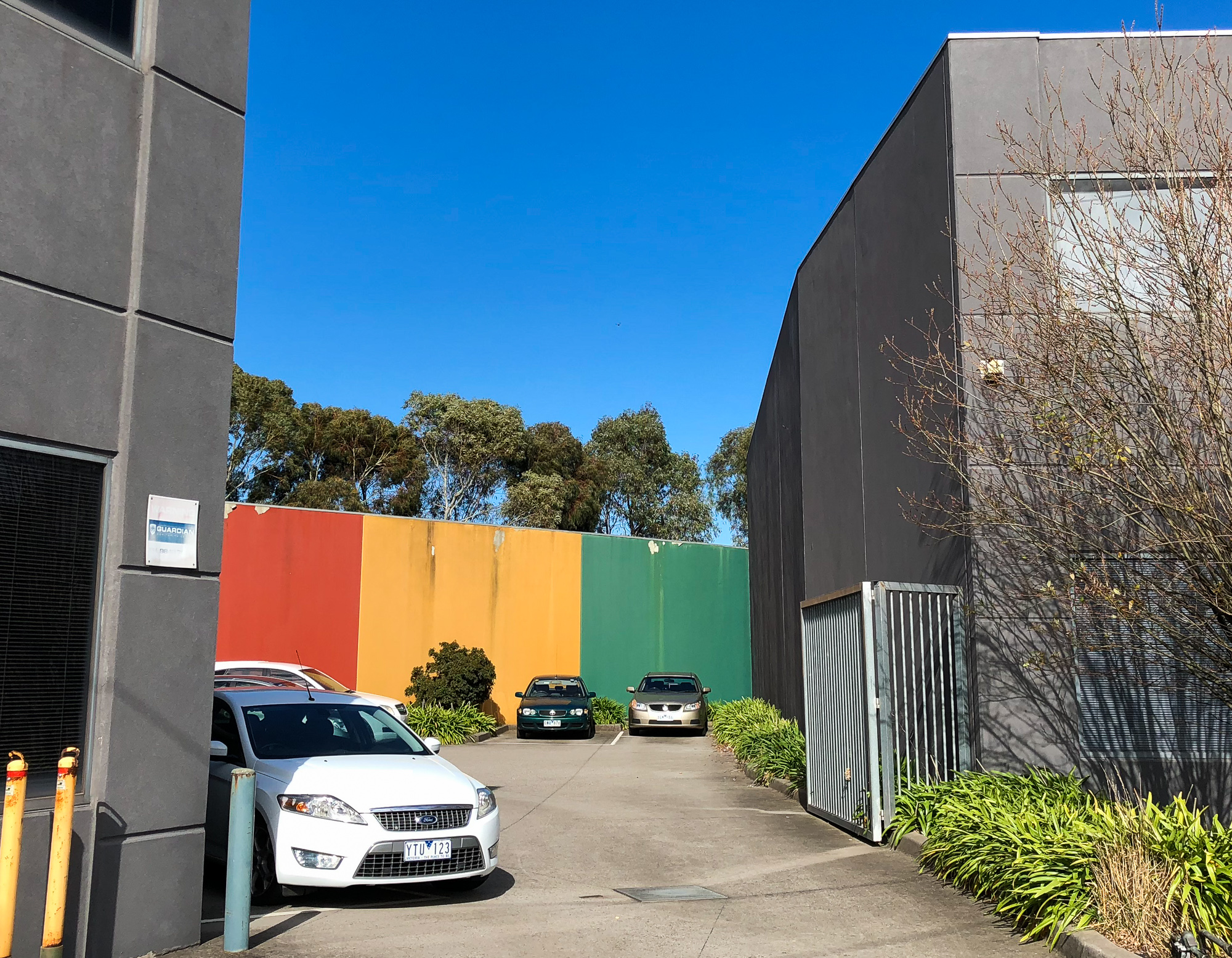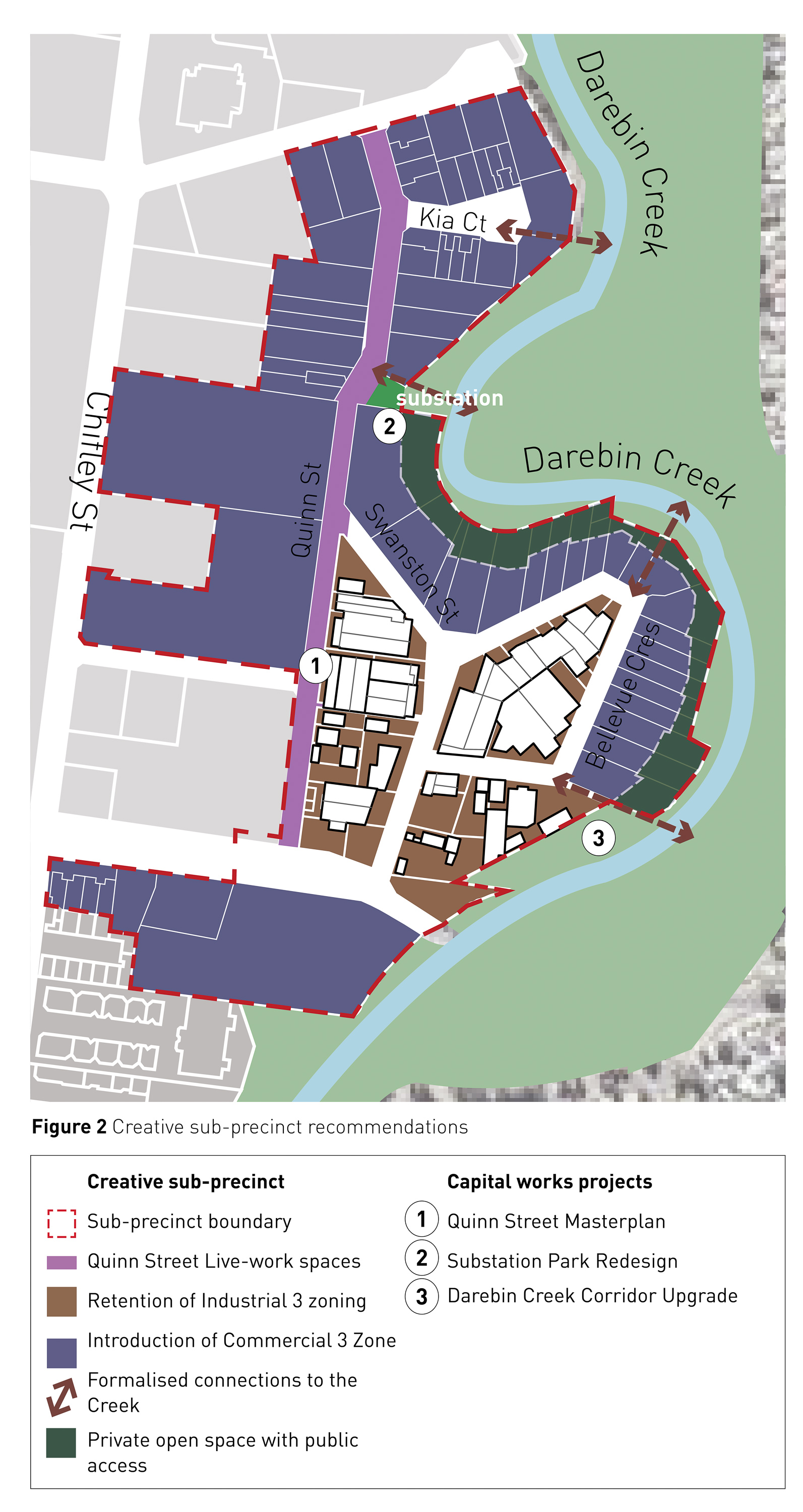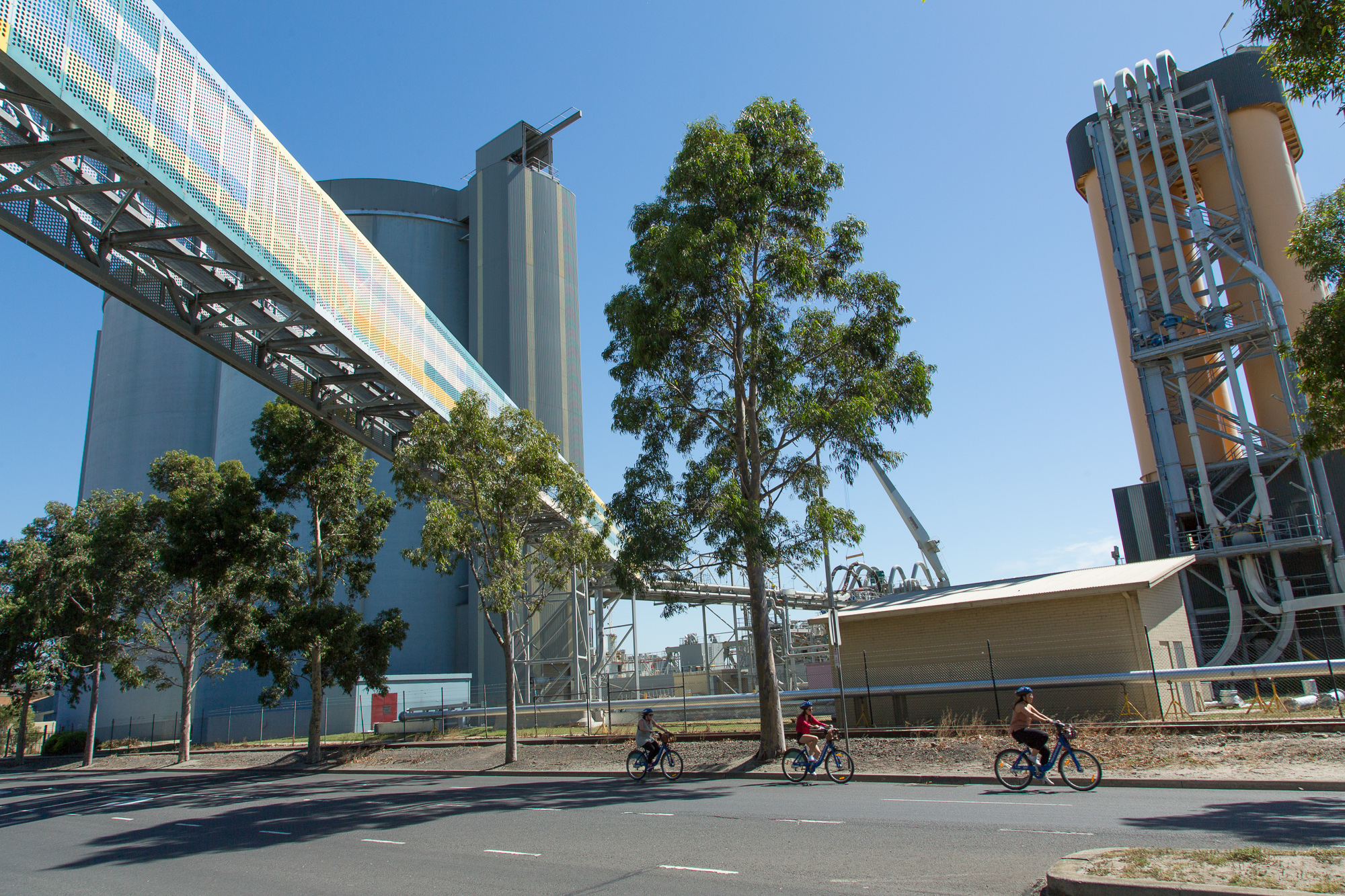The Northland Urban Renewal Precinct is situated in a large industrial area in East Preston, neighbouring the Darebin Creek. The 135-hectare site has traditionally been home to commerce and industry, and is now in initial planning stages to transition into a mixed-use neighbourhood. The draft vision for the Precinct places the expression of culture and creativity as a central aspiration for the renewal project.
In early 2018, Hodyl+Co completed the Darebin Creative and Cultural Infrastructure Framework and established a spatial framework for the delivery of arts infrastructure across Darebin. The framework identified the Northland Urban Renewal Precinct as a suitable location for the delivery of four types of infrastructure: arts hub/s, live-work spaces, other distributed creative spaces and affordable housing to support low-income artists.
The Framework also outlined the importance of integrating creative and cultural infrastructure into early strategic planning decisions for the precinct. Following this advice, Council sought to establish a place-specific strategy that would realise their ambition for fostering a thriving creative neighbourhood.

The existing qualities of the neighbourhood were used as a starting point to identify the suitable locations in which creative industries should be fostered. The challenge was to protect existing creative industries, as well as identifying opportunities to facilitate the sector’s growth.
This method led to the identification of a smaller sub-precinct within the large renewal area that has the necessary physical conditions to support creative industries activity, including fine-grain subdivision patterns, potential access to the Creek and an emerging clustering of new creative spaces. Within this sub-precinct, specific interventions relating to the investment in the clustering of creative industries were recommended.


The Strategy incorporates arts infrastructure planning early on in the planning process to shape this significant urban renewal opportunity. It highlights the opportunity to translate this approach to other precincts, demonstrating the benefit of considered strategic interventions that can be applied early to support creative communities.
Related Projects
Fishermans Bend Employment Precinct Plan
As part of Australia’s largest urban renewal project, the Victorian Government identified the Fishermans Bend Employment Precinct as a National Economic and Innovation Cluster, with a target to deliver 40,000 jobs. The precinct is adjacent to the Port of Melbourne and contains Westgate Park and key engineering and advanced manufacturing institutions, including General Holden Motors, Boeing and the Defence and Science Technology Group. The Victorian Government purchased the former General Holden Motors site to provide a catalyst for the transformation of the area into Australia's leading precinct in design, engineering and advanced manufacturing. A new tram will connect the precinct directly to the existing CBD.

Midway through the project development Hodyl & Co were brought on board to develop an urban design framework, to guide the transition of the precinct into a high quality urban environment with the capacity to deliver 40,000 jobs.
This project presented challenges in responding to the pre-existing built form within the Employment Precinct, characteristed by large blocks, heavy traffic, transmission lines, car parking and a lack of open space. The opportunity was to bring activity into the site and to grow and attract innovative businesses through strategic collaborations between government, council, anchor institutions and private landowners to deliver a design-led vision.

The urban design framework will include propositions for land use, built form, open space, streets, transport and heritage. Currently in development, the framework will generate new ideas, as well as responding to previously conducted research and design thinking, to produce a cohesive framework that responds to the positive aspects of the existing character of the employment precinct.
Once complete, this urban design framework will guide the transition of the aging industrial site into a quality urban precinct that fosters innovation thinking and excellent in design, engineering and advanced manufacturing.